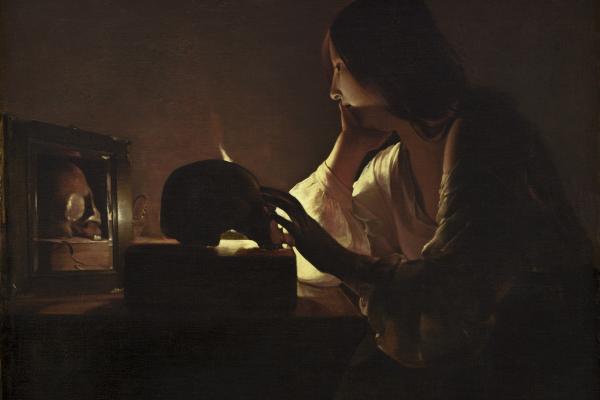Jul 22, 2016
The woman who preached the first Easter sermon is known more for a fictionalized relationship with the Christ than for the words of light and life she brought to the world. The woman who stood by the cross until Jesus took his last breath is characterized by sexual promiscuity — one that is nowhere within the recounting of her ministry and her faithfulness.
Read the Full Article

Already a subscriber? Login
